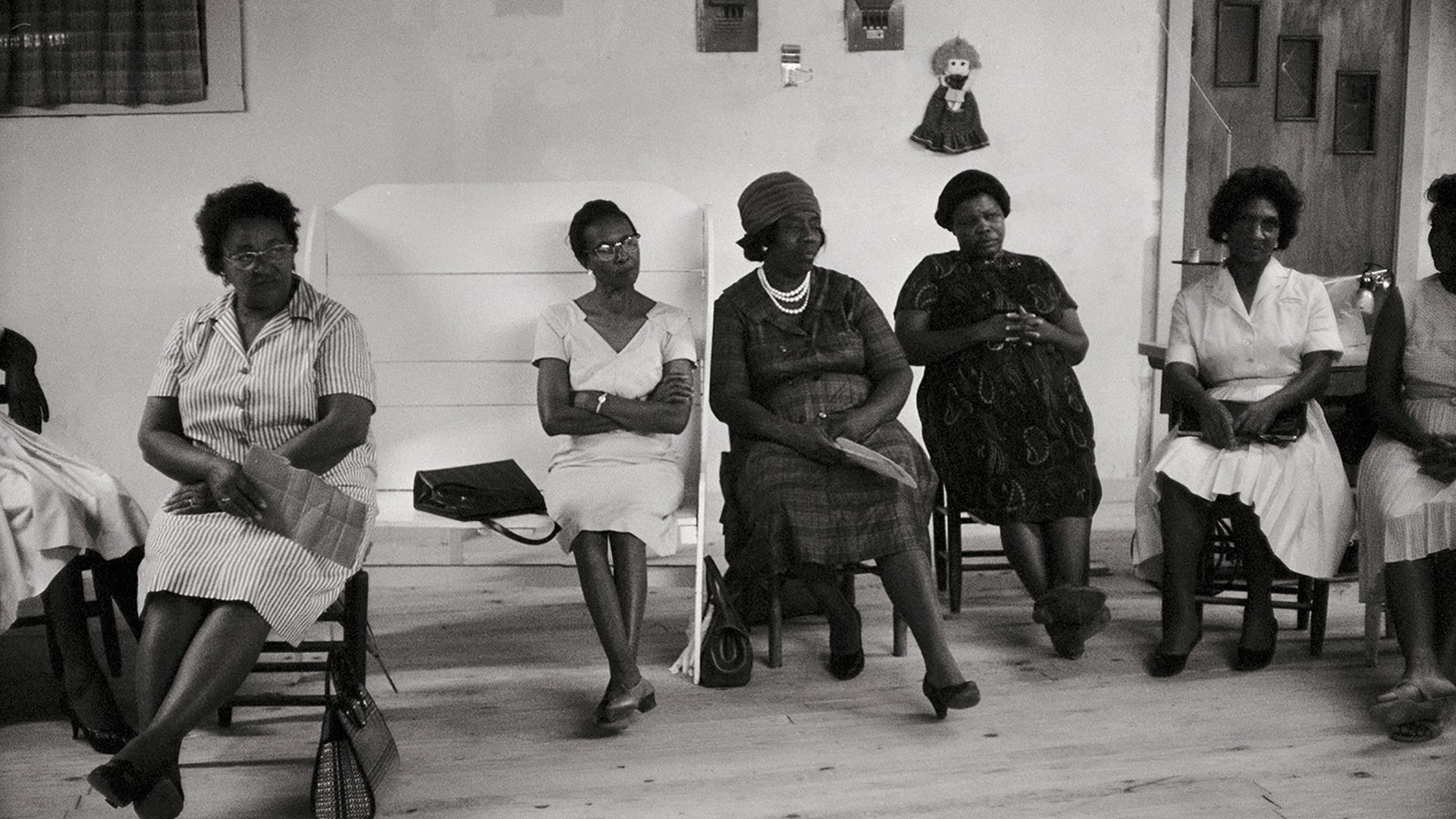Between 1963 and 1972, Derby documented major figures in the Civil Rights Movement, everyday events that kept the Movement going, and the lives of ordinary people living in the segregated South and in doing so created a first-hand account of a pivotal time in U.S. history.

You’re getting blind.
Don’t miss the best of visual arts. Subscribe for $9 per month or $108 $90 per year.
Already suscribed ?
Read more: Chester Higgins, The Indelible Spirit



